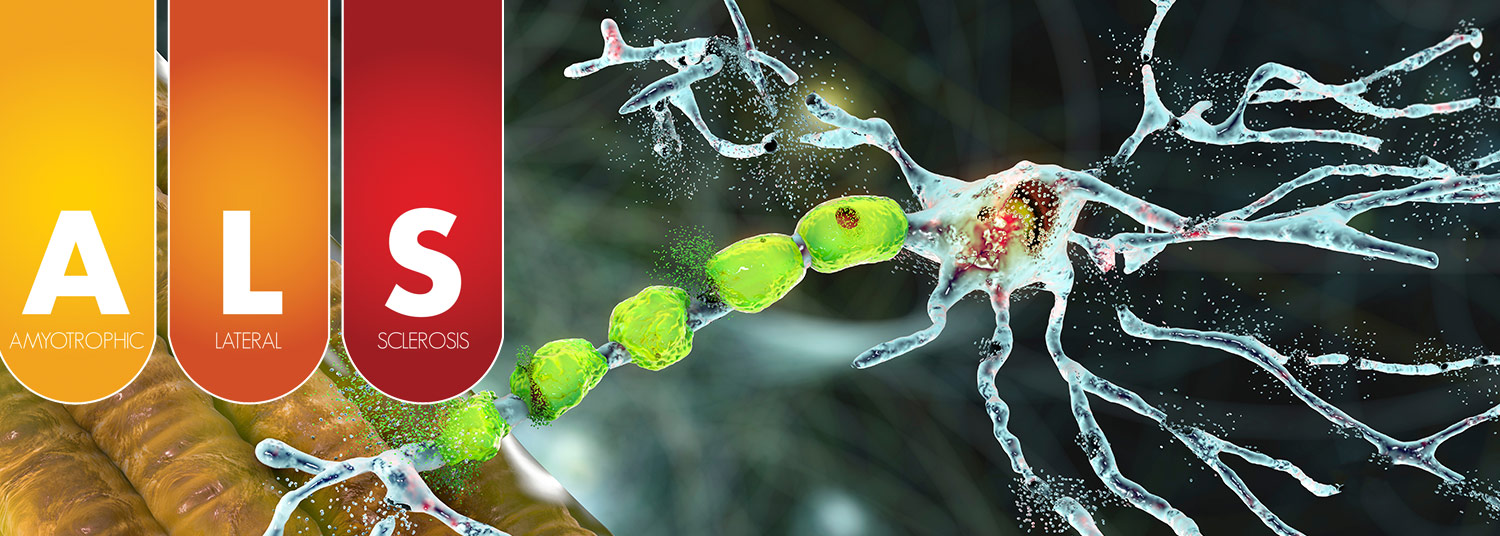August 30, 2022 | Deborah Kotz
Donation from Blazeman Foundation for ALS Could Lead to Potential New Discoveries and Treatment for Amyotrophic Lateral Sclerosis
The University of Maryland School of Medicine (UMSOM) will receive an $800,000 donation to be used by the University of Maryland Brain and Tissue Bank to advance research into the treatment and cure of Amyotrophic Lateral Sclerosis (ALS), commonly referred to as Lou Gehrig’s Disease.
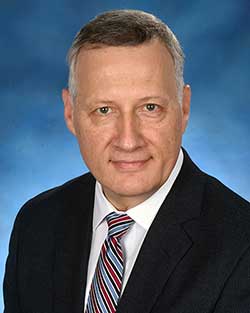 This world-class repository recovers, characterizes, stores, and distributes brain and other tissues for the study of developmental, neurological, and movement disorders and to ultimately develop new treatments for these conditions. The donation will be provided by the Blazeman Foundation for ALS, created in memory of Jonathan S. Blais who passed away in 2007 at age 35 from ALS.
This world-class repository recovers, characterizes, stores, and distributes brain and other tissues for the study of developmental, neurological, and movement disorders and to ultimately develop new treatments for these conditions. The donation will be provided by the Blazeman Foundation for ALS, created in memory of Jonathan S. Blais who passed away in 2007 at age 35 from ALS.
“We are profoundly grateful to Bob and Mary Ann Blais for this donation that will serve to greatly accelerate expansion of the Brain and Tissue Bank ALS collection support ALS research,” said Thomas Blanchard, PhD, Associate Professor of Pediatrics at UMSOM and Director of the UM Brain and Tissue Bank.
“This resource will allow us to perform outreach to ALS investigators in support of translational research. It will also support an annual ALS seminar in honor of Jon Blais via the Department of Neurology.”
 "ALS remains a devastating neurological disorder without a cure,” said Peter Crino, MD, PhD, the Dr. Richard and Kathryn Taylor Endowed Professor in Neurology and Chair, Department of Neurology at UMSOM.
"ALS remains a devastating neurological disorder without a cure,” said Peter Crino, MD, PhD, the Dr. Richard and Kathryn Taylor Endowed Professor in Neurology and Chair, Department of Neurology at UMSOM.
“The ALS clinical program in the Department of Neurology provides diagnosis, management, and support for patients and families facing ALS. The generous gift from the Blazeman Foundation for ALS will help pave new directions in tissue-based ALS research, hopefully leading to new biomarkers for early diagnosis and prognosis, as well as new avenues for therapeutic development."
Jon Blais was an avid triathlete who used his final years advocating for ALS awareness and research, ultimately making history for his incredible completion of the Ironman competition in Hawaii in 2005. Before Jon died, he pre-registered to donate his brain and tissues to the UM Brain and Tissue Bank to help advance research on ALS. Jon also founded the Blazeman Foundation for ALS to increase awareness of ALS and to raise money to support research for the treatment and ultimate cure of ALS.
Jon’s parents, Bob and Mary Ann Blais, have continued Jon’s mission through the Blazeman Foundation for ALS. Through the Foundation, they have worked with the University of Maryland Brain and Tissue Bank to create an ALS tissue collection to make neurologic samples available to ALS researchers nationwide.
Today would have been Jon’s 51st birthday.
The UM Brain and Tissue Bank’s (UMBTB) overarching mission is to collect and characterize both healthy and diseased brain tissue from deceased donors. It is one of six biorepositories that are part of the NeuroBioBank, funded by the National Institutes of Health (NIH). Recently, the banks within the NeuroBioBank have been charged with developing a collection of brains to be used to create a cell atlas of the human brain that characterize all brain cell types at high resolution. The atlases can be widely used throughout the research community to help further understanding of neurologic disorders and develop new treatments.
Dr. Blanchard and his colleagues have published numerous research findings using samples from the UMBTB. A recent study published in February examined brain tissue from those who died of COVID-19 and found that the SARS-CoV-2 virus that causes the infection can induce or enhance certain Alzheimer’s-like abnormalities; these brains displayed evidence of beta-amyloid plaque formation, neuroinflammation, and cell death.
“We are looking to increase the diversity of post-mortem donors at UMBTB,” said Dr. Blanchard. “We are targeting donor recruitment of minority populations, who are under-represented in our biobank, to help us better understand the full array of genetic differences and ensure that research findings are broadly applicable.”
More than ten years ago, the NIH began the Genotype-Tissue Expression consortium. It obtained high-quality tissue samples from almost 1,000 adult postmortem donors and used this tissue as a source to generate gene expression data to facilitate research on how genomic variation impacts complex traits and disease. The NIH is now funding a follow-up study on post-mortem pediatric donor tissues to study the genetics that influence the development of many of the tissues in the body. The UMBTB shares a grant with the National Disease Research Institute and Children’s Hospital of Philadelphia to serve as the bio-sample procurement center in order to support the study of gene expression in the various tissues collected from these donors.
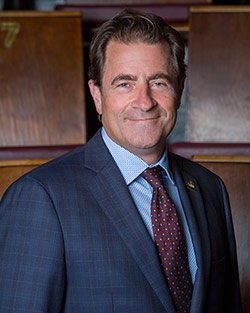 Competing in triathlons for 20 years, Jon Blais always wanted to compete in an Ironman – especially in Hawaii. On October 15, 2005, only 5 months after being diagnosed, he became the only individual with ALS to complete an Ironman, finishing in 16:28:56. He crossed the finish line by log-rolling over it, and since then, the “log roll” has been graciously performed by countless athletes as a symbol of hope, and more importantly, as a means of raising awareness for ALS.
Competing in triathlons for 20 years, Jon Blais always wanted to compete in an Ironman – especially in Hawaii. On October 15, 2005, only 5 months after being diagnosed, he became the only individual with ALS to complete an Ironman, finishing in 16:28:56. He crossed the finish line by log-rolling over it, and since then, the “log roll” has been graciously performed by countless athletes as a symbol of hope, and more importantly, as a means of raising awareness for ALS.
“There is an urgent need to more fully understand the complicated workings of the human brain -- from the structure and function of various cell types to the patterns of how genes are expressed across the rich diversity of our society in both health and disease,” said Mark T. Gladwin, MD, Executive Vice President for Medical Affairs, UM Baltimore, and the John Z. and Akiko K. Bowers Distinguished Professor and Dean, University of Maryland School of Medicine. “This generous gift from the Blazeman Foundation will enable The UM Brain and Tissue Bank to play an even greater role in these discoveries, as well as in furthering the understanding of devastating brain diseases like ALS and Alzheimer’s disease. We are deeply grateful for their support.”
About the University of Maryland School of Medicine
Now in its third century, the University of Maryland School of Medicine was chartered in 1807 as the first public medical school in the United States. It continues today as one of the fastest growing, top-tier biomedical research enterprises in the world -- with 46 academic departments, centers, institutes, and programs, and a faculty of more than 3,000 physicians, scientists, and allied health professionals, including members of the National Academy of Medicine and the National Academy of Sciences, and a distinguished two-time winner of the Albert E. Lasker Award in Medical Research. With an operating budget of more than $1.3 billion, the School of Medicine works closely in partnership with the University of Maryland Medical Center and Medical System to provide research-intensive, academic, and clinically based care for nearly 2 million patients each year. The School of Medicine has nearly $600 million in extramural funding, with most of its academic departments highly ranked among all medical schools in the nation in research funding. As one of the seven professional schools that make up the University of Maryland, Baltimore campus, the School of Medicine has a total population of nearly 9,000 faculty and staff, including 2,500 students, trainees, residents, and fellows. The combined School of Medicine and Medical System (“University of Maryland Medicine”) has an annual budget of over $6 billion and an economic impact of nearly $20 billion on the state and local community. The School of Medicine, which ranks as the 8th highest among public medical schools in research productivity (according to the Association of American Medical Colleges profile) is an innovator in translational medicine, with 606 active patents and 52 start-up companies. In the latest U.S. News & World Report ranking of the Best Medical Schools, published in 2021, the UM School of Medicine is ranked #9 among the 92 public medical schools in the U.S., and in the top 15 percent (#27) of all 192 public and private U.S. medical schools. The School of Medicine works locally, nationally, and globally, with research and treatment facilities in 36 countries around the world. Visit medschool.umaryland.edu
Contact
Deborah Kotz
Senior Director of Media Relations
Office of Public Affairs & Communications
University of Maryland School of Medicine
Email: DKotz@som.umaryland.edu
o: 410-706-4255
c: 410-804-0054
t: @debkotz2
Related stories

Tuesday, December 20, 2022
Dr. Thomas K. Chin Appointed New Division Head of Pediatric Cardiology at University of Maryland School of Medicine and Co-Director of Children's Heart Program at UM Children's Hospital
Steven J. Czinn, MD, the Drs. Rouben and Violet Jiji Endowed Professor and Chair of Pediatrics at the University of Maryland School of Medicine, announced today that Thomas K. Chin, MD, has been appointed to serve as the new Division Head of Pediatric Cardiology in UMSOM’s Department of Pediatrics, and as Co-Director of the Children’s Heart Program at the University of Maryland Children’s Hospital (UMCH), effective January 2023.
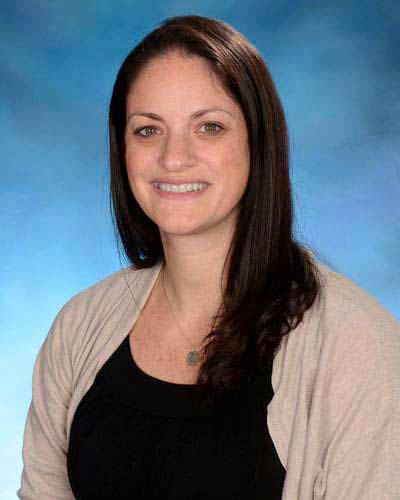
Monday, November 21, 2022
UM School of Medicine Empowers Faculty Members Through Recently Founded Academy for Career Development
Within a year of the launch of the Medical Education Leadership Academy (MELA) at the University of Maryland School of Medicine (UMSOM), faculty members from across the School’s various divisions are expressing an overwhelmingly positive response to the Academy’s mission of creating an environment that fosters career development of a diverse community of nationally recognized leaders in medical education.
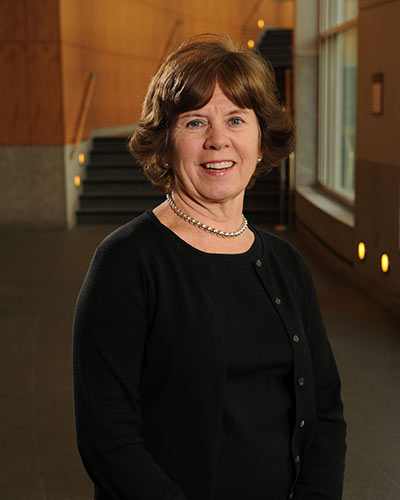
Friday, December 18, 2020
Low-Income Preschoolers Exposed to Nurturing Care Have Higher IQ Scores During Their Teen Years, Landmark Study Finds
Preschoolers living in impoverished communities who have access to a nurturing home environment have significantly higher intelligence quotient (IQ) scores in adolescence compared to those raised without nurturing care. That is the finding of a new international study conducted by University of Maryland School of Medicine (UMSOM) researchers, which examined data from more than 1,600 children who were followed from birth through their teenage years. Results were published this week in The Lancet Child & Adolescent Health journal.
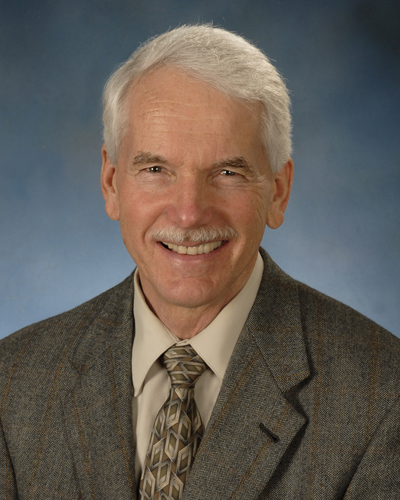
Monday, June 17, 2019
Primate Study Finds New Evidence that Growth Factor Plays Key Role in Maintaining Healthy Pregnancy
About 1 in 10 pregnant women experience placenta abnormalities that lead to life-threatening preeclampsia (hypertension), preterm labor and fetal growth problems, but finding effective treatments to effectively prevent or reverse these conditions has so far been elusive. A new research finding from University of Maryland School of Medicine (UMSOM) researchers, published in the June issue of the journal Endocrinology, could have important implications for developing novel treatments to prevent placental abnormalities.
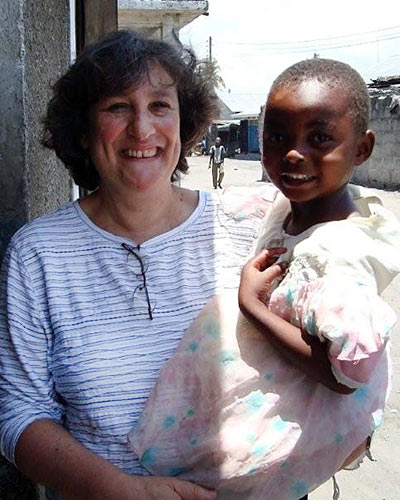
Monday, September 11, 2017
Research Identifies Causes and Possible Treatments for Deadly Diseases Affecting Children in Developing Countries
University of Maryland School of Medicine Researchers Explore How to Prevent Diarrheal Diseases, a Leading Cause of Death in Young Children in Sub-Saharan Africa and South Asia
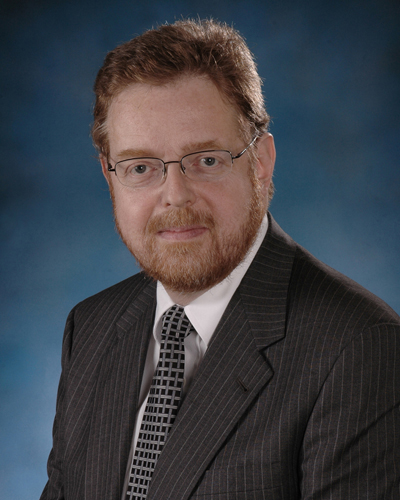
Wednesday, March 15, 2017
New Director Appointed to Lead the University of Maryland Children's Hospital
University of Maryland Medical Center (UMMC) President and Chief Executive Officer Mohan Suntha, MD, MBA and University of Maryland School of Medicine (UMSOM) Dean E. Albert Reece, MD, PhD, MBA, announced today that Steven J. Czinn, MD, The Drs. Rouben and Violet Jiji Endowed Professor of Pediatrics and Chair of the Department of Pediatrics at the University of Maryland School of Medicine, has been appointed to the role of Director of the University of Maryland Children’s Hospital (UMCH).

